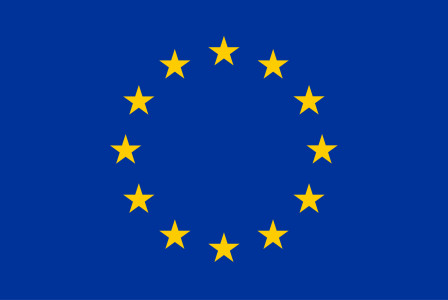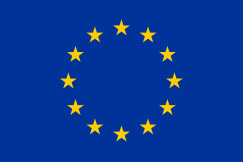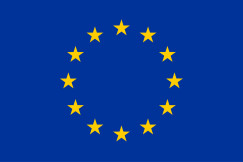Legislation
27 March 2025
Common Market Organisation Regulation
Legislation
27 March 2025
1. Healthy, balanced and sustainable diets for all European consumers
2. Prevention and reduction of food loss and waste
3. A climate - neutral food chain in Europe by 2050
+4 more
Login / create an account to be able to react
-
54

The Common Market Organisation (CMO) Regulation introduces rules governing the common market organisation in agricultural products, the EU quality schemes (geographical indications) and the support measures for remote regions. The aim is to equip agricultural markets and support measures to face new challenges, update provisions, simplify procedures and ensure consistency with other regulations of the common agricultural policy (CAP).
Editorial team
European Commission - DG AGRI
Topics
EU-27
EU Institutions
-
CoC aspirational objectives
-
-
1. Healthy, balanced and sustainable diets for all European consumers
-
2. Prevention and reduction of food loss and waste
-
3. A climate - neutral food chain in Europe by 2050
-
4. An optimised circular and resource-efficient food chain in Europe
-
5. Sustained, inclusive and sustainable economic growth, employment and decent work for all
-
6. Sustainable value creation in the European food supply chain through partnership
-
7. Sustainable sourcing in food supply chains
-
Share
Together with the common agricultural policy (CAP), the European Union, established common market organisations (CMOs), i.e. sets of rules and measures to manage the production and trade of most of the EU's agricultural products. They were created in order to stabilise markets and ensure steady incomes for farmers and continued supplies for consumers.
Regulation (EU) No 1308/2013 establishing a common organisation of the markets in agricultural products lays down rules to manage the single market for agricultural products. The main purpose of the CMO Regulation is to stabilise markets and preventing market crises from escalating by providing a safety net to agricultural markets through the use of market intervention tools and exceptional measures. It also provides for the necessary market transparency measures to allow agricultural producers to better make their production and investment decisions in view of market developments.
It aims at improving productivity and quality at the production level, boosting demand and helping EU agricultural sectors to better adapt to market changes and increase their competitiveness through aid to specific sectors (particularly fruit and vegetables, and wine). The regulation aims to encourage producer cooperation through producer organisations and inter-branch organisations and to strengthen their power in the food chain.
Related regulations:
Regulation (EU) No 1308/2013 establishing a common organisation of the markets in agricultural products
Comments (0)
See also
Protection against subsidised imports
- Categories
- 2. Prevention and reduction of food loss and waste 3. A climate - neutral food chain in Europe by 2050 4. An optimised circular and resource-efficient food chain in Europe +3 more
De Minimis Regulation
- Categories
- 2. Prevention and reduction of food loss and waste 3. A climate - neutral food chain in Europe by 2050 4. An optimised circular and resource-efficient food chain in Europe +3 more
Regulation on Renewable Energy Financing mechanism
- Categories
- 2. Prevention and reduction of food loss and waste 3. A climate - neutral food chain in Europe by 2050 4. An optimised circular and resource-efficient food chain in Europe +3 more




